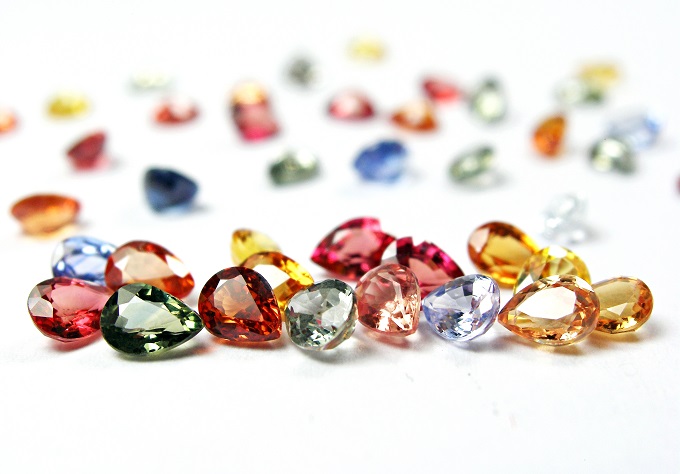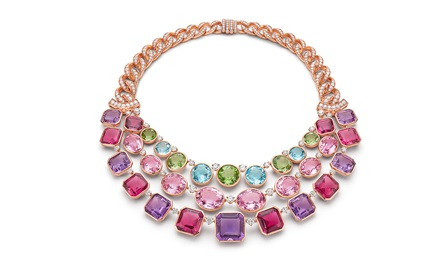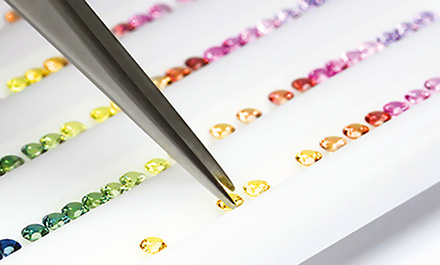Treated coloured gems that remain undetected and infiltrate distribution chains could threaten growth in the gem trade, according to a recent report by The World Jewellery Confederation (CIBJO).
The report, prepared by the CIBJO Coloured Stone Commission headed by Charles Abouchar, was released before the 2023 CIBJO Congress opens on October 3 in Jaipur, India.
Heat-treated and irradiated stones, mostly corundum, often go undiscovered, according to the report. “These frequently involve new treatments, some of which are old treatments that today are used in large numbers and, unfortunately, are not always detectable,” Abouchar explained in the report. “In some cases, they are not even tested for by gemstone laboratories.”
The treatments are carried out by larger industry players using modern equipment, with various experts doing the necessary research, the report said.
“Unfortunately, these new players do not always inform the gemmological and/or scientific worlds of their progress. It then falls upon those of us who are active in the market to try to be on the lookout for goods that may have been subjected to new treatments, or improved older ones,” added Abouchar.
While low-temperature heating in rubies is easily identifiable now, some laboratories lack the required instrumentation to detect the treatment. Methods vary, too, when carrying out testing protocols.
Irradiated corundum brings about different challenges, too. The treatment is not always stable, with the stones eventually returning to their original colour. Abouchar remarked, “The major trading issue with this treatment is that laboratories have not found a method of detecting that it has occurred, apart from applying colour stability testing, which in itself does not confirm that a corundum has been irradiated, only whether the colour appearance is stable or not.”








